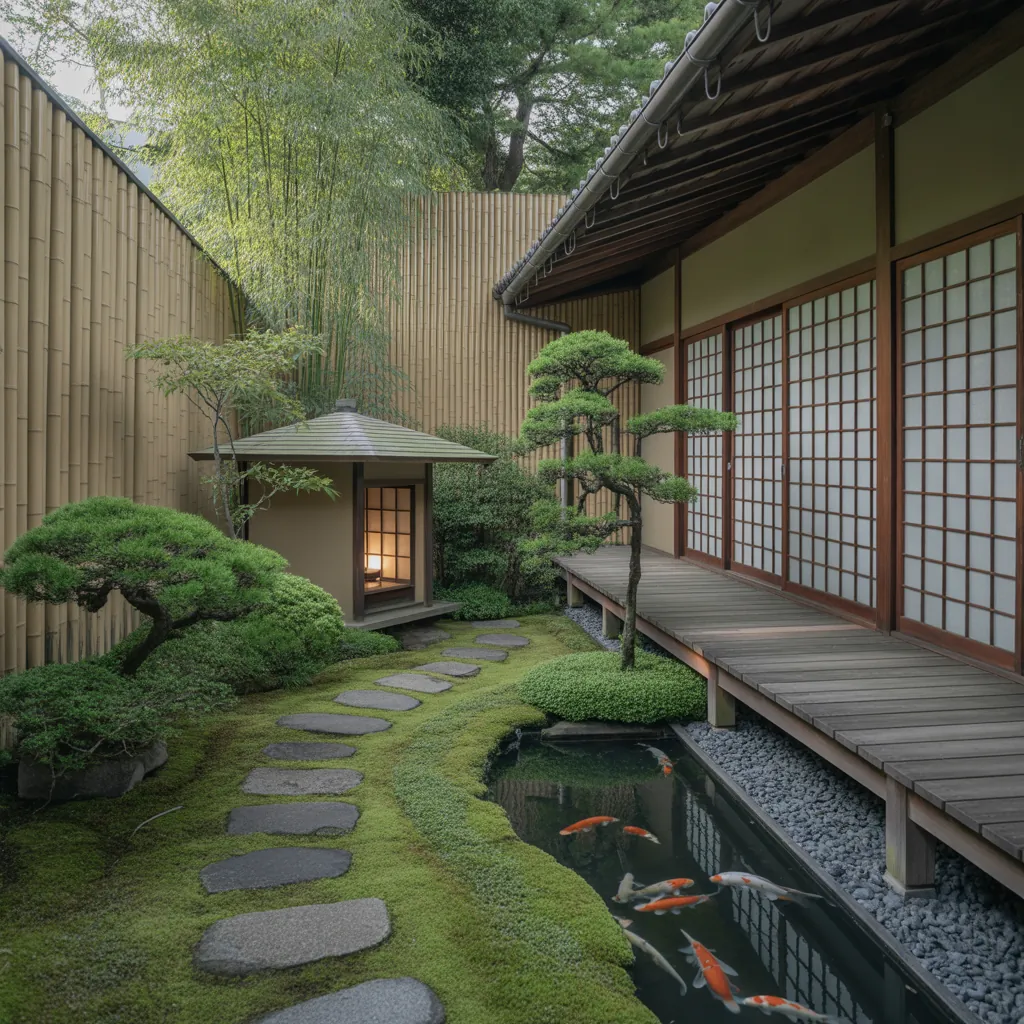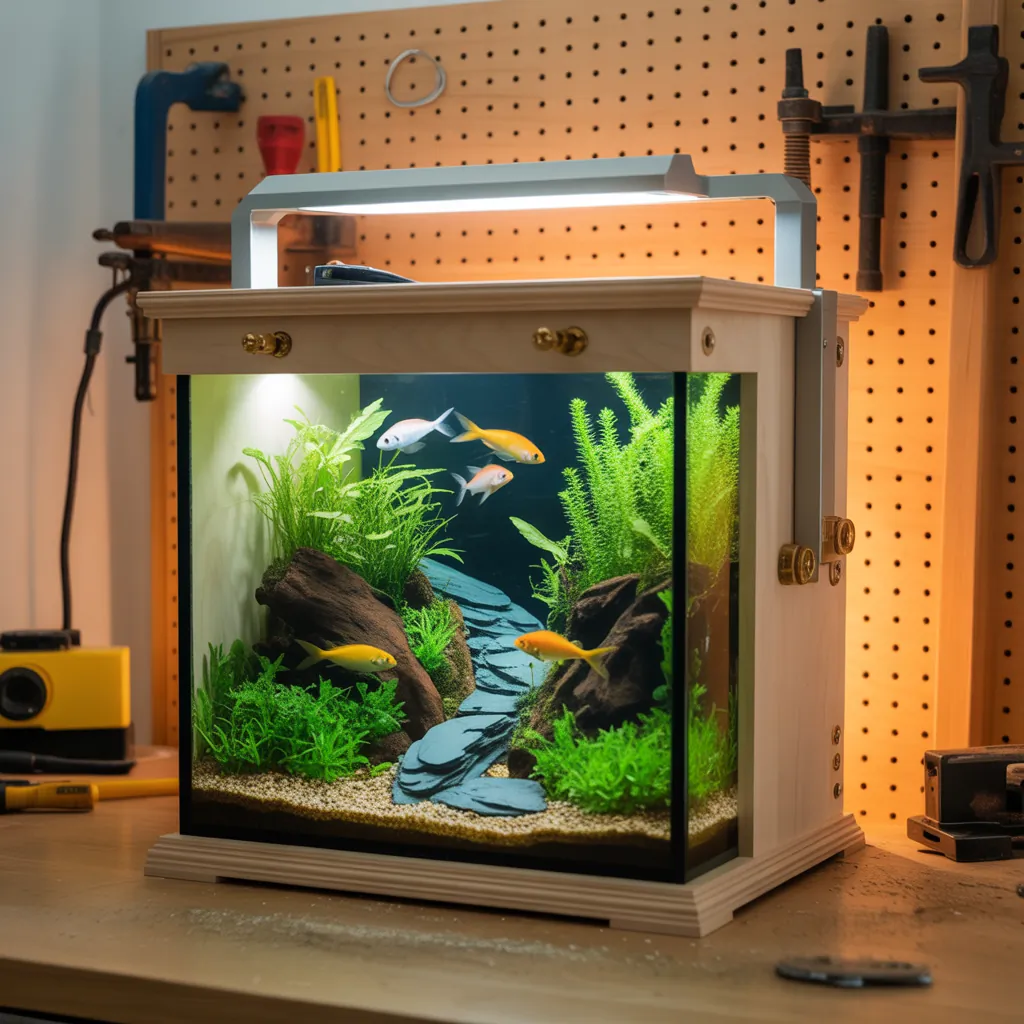Have you ever stood in your backyard, sipping coffee and wishing the cluttered lawn could feel like a peaceful retreat instead of a to-do list? If you’re tackling a home improvement project and want a low-maintenance, high-impact transformation, the japanese outdoor garden concept may be exactly the direction you need. This guide walks you through the design principles, DIY steps, materials, and real-world tips to build a serene Japanese-style outdoor space—even if you’re working with a small yard or a tight budget.
Japanese outdoor garden concept: core principles
At its heart, a Japanese outdoor garden concept emphasizes harmony with nature. Key ideas include:
- Minimalism and balance (wabi-sabi): celebrating imperfection and simplicity.
- Asymmetry and naturalness: avoiding rigid geometric layouts in favor of organic flow.
- Symbolism: stones, water, and plants represent broader natural landscapes.
- Borrowed scenery (shakkei): using surrounding views to make the space feel larger.
- Mindful elements: seating, pathways, and visual anchors to encourage reflection.
Understanding these principles helps you make practical choices—what to prune, where to place a lantern, or whether to add a water feature.
Design elements to consider
Rocks and gravel: the foundation of a dry landscape
Rocks, stone lanterns, and raked gravel are central to karesansui (dry rock gardens). Use a mix of sizes—boulder anchors and smaller pebble beds—to create texture. For DIY: choose local stones to cut costs, install weed fabric, and use a landscape rake to create patterns in gravel.
Water features and ponds
Whether it’s a small tsukubai basin or a koi pond, water brings calm and reflection. For a compact garden, a recirculating water bowl with a low-noise pump is an easy install. Ensure proper filtration and child/pet safety if you add a pond.
Plants and greenery: the living palette
Favor evergreen shapes and textural contrast: Japanese maple, azalea, bamboo, moss, and dwarf conifers. Moss gardens thrive in shade and give an aged look with minimal upkeep. Use pruned shrubs (niwaki) to suggest maturity and structure.
Paths, gates, and screens
Stepping stones (tobi-ishi), gravel paths, bamboo fences, and a simple wooden gate (torii-inspired) guide movement and frame views. Consider permeability—gravel paths allow good drainage and are forgiving for DIY installations.
DIY step-by-step: build a small zen corner
This project creates a compact Japanese-style corner suitable for patios, small yards, or courtyards.
- Plan and measure (1–2 hours): sketch the area, note sun/shade, and pick a focal point (stone lantern, water basin, or sculptural tree).
- Clear and prep the site (1 day): remove turf or weeds, level ground where needed, and install edging to separate the garden from lawn.
- Install base layers (half day): lay landscape fabric to reduce weeds, then add a base of crushed stone for drainage if installing gravel or stepping stones.
- Place stones and focal elements (half day): position larger boulders first, then stepping stones. Don’t force symmetry—place off-center for a natural look.
- Add gravel and rake patterns (2–3 hours): spread 2–3 inches of gravel and use a rake to create flowing lines; practice on a small patch first to find a style you like.
- Plant strategically (half day): plant moss patches, one or two specimen shrubs, and low groundcover. Use root barriers for bamboo to prevent spreading.
- Finishing touches (1–2 hours): install a bamboo water spout or basin, place a lantern, and add a simple bench for contemplation.
Tools and materials checklist: shovel, wheelbarrow, landscape fabric, crushed stone, decorative gravel, stepping stones, pavers, boulders, plants (maple, azalea, moss), bamboo slats or panels, potting mix, and a small water pump (optional). Budget-friendly tip: shop at reclamation yards for stones and lanterns.
Maintenance and seasonal care
One of the benefits of a well-designed Japanese garden is low ongoing maintenance, but a little care keeps the aesthetic:
- Pruning: perform light niwaki-style pruning in late winter to early spring to maintain silhouette.
- Moss care: keep moss moist and shaded; remove leaves and debris by hand to avoid disturbing the carpet.
- Gravel raking: refresh raked patterns seasonally and top up gravel as it settles.
- Pond upkeep: clean filters, skim leaves, and check pumps monthly during warm months.
- Winter prep: secure delicate pots and wrap sensitive shrubs in frost cloth if needed.
Design inspiration and layout ideas
Here are practical approaches depending on your space:
- Small urban courtyard: container bonsai, vertical bamboo screen, and a stone basin for a compact tea garden.
- Balcony or terrace: moss trays, miniature rock arrangements, and a tabletop water bowl for a portable Japanese garden.
- Large backyard: incorporate a meandering path, koi pond, and layered planting to create depth and borrowed scenery.
- Minimalist front yard: gravel field with sculptural boulders and a simple pathway to the door for curb appeal.
Use long-tail ideas like “small Japanese courtyard garden ideas”, “DIY zen garden for backyard”, or “how to create a bamboo privacy screen” when searching your materials list or design inspiration in your notes.
Frequently Asked Questions
1. Is a Japanese garden expensive to build?
Not necessarily. Costs vary based on size and materials. You can create a beautiful small-scale garden affordably by using local stones, recycled materials, and container plants. Larger features like ponds and mature specimen trees increase cost.
2. Can I create a Japanese outdoor garden concept in a shady yard?
Yes—many traditional Japanese gardens embrace shade. Moss gardens, shade-loving ferns, and Japanese maples thrive in lower light. Design pathways and focal elements to maximize the tranquil mood.
3. How much maintenance does a Japanese garden need?
Maintenance is moderate: seasonal pruning, moss and gravel care, and occasional pond cleaning if included. The emphasis on natural materials and evergreen structure reduces intensive upkeep compared with ornamental flower beds.
Conclusion — Bring the japanese outdoor garden concept to your home
Transforming a part of your outdoor space into a Japanese outdoor garden concept is an achievable and rewarding DIY project. Start small: sketch a plan, source local stones, and try a container moss garden to test the style. As you gain confidence, expand with paths, a basin, or a compact pond. If you’re looking for more hands-on inspiration, check out our DIY projects page for step-by-step tutorials, explore styling ideas on our home design ideas page, or pair a serene garden with interior updates from our kitchen upgrades guides to boost your whole-home harmony.
Ready to start? Sketch your space today and pick one small element to install this weekend—one stone, one plant, one moment of peace.



